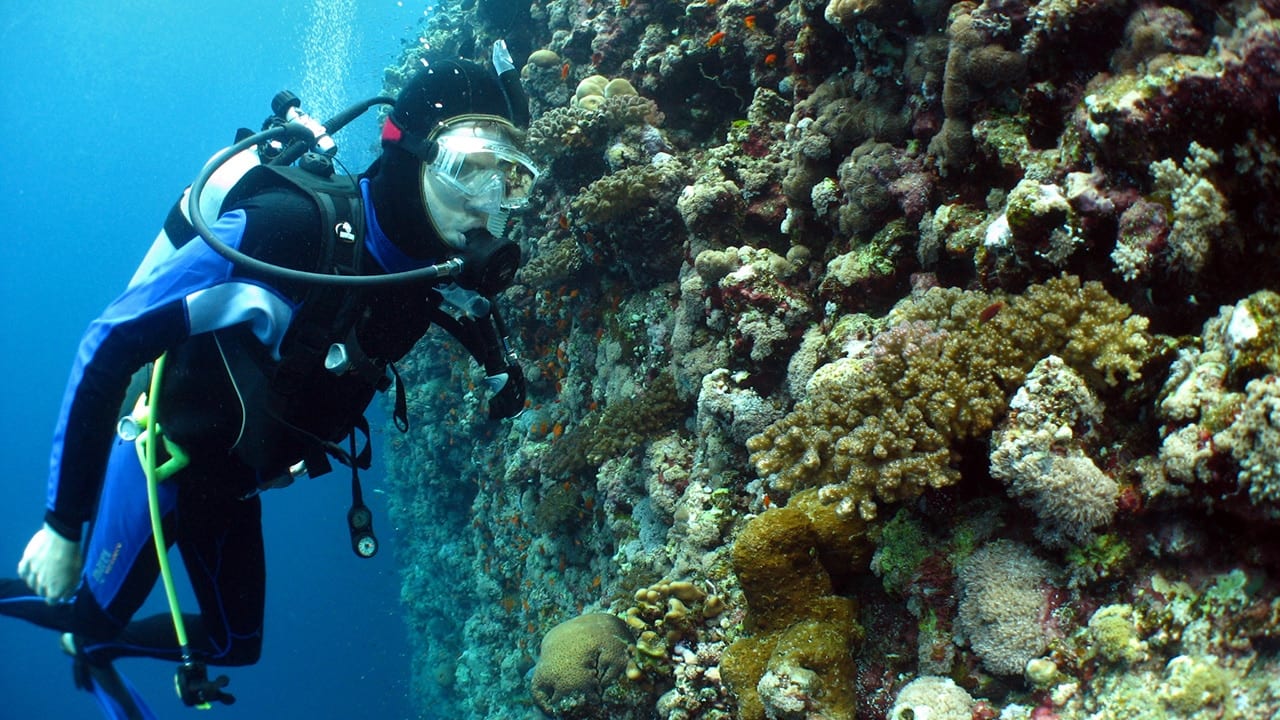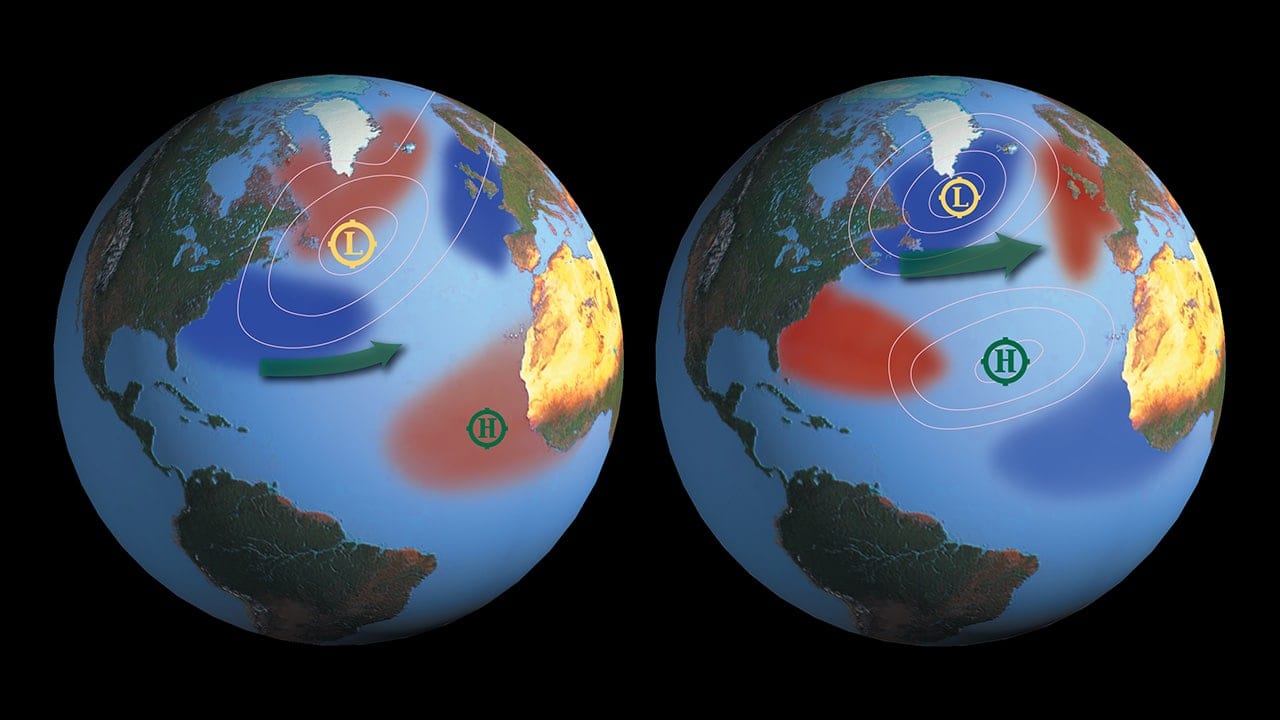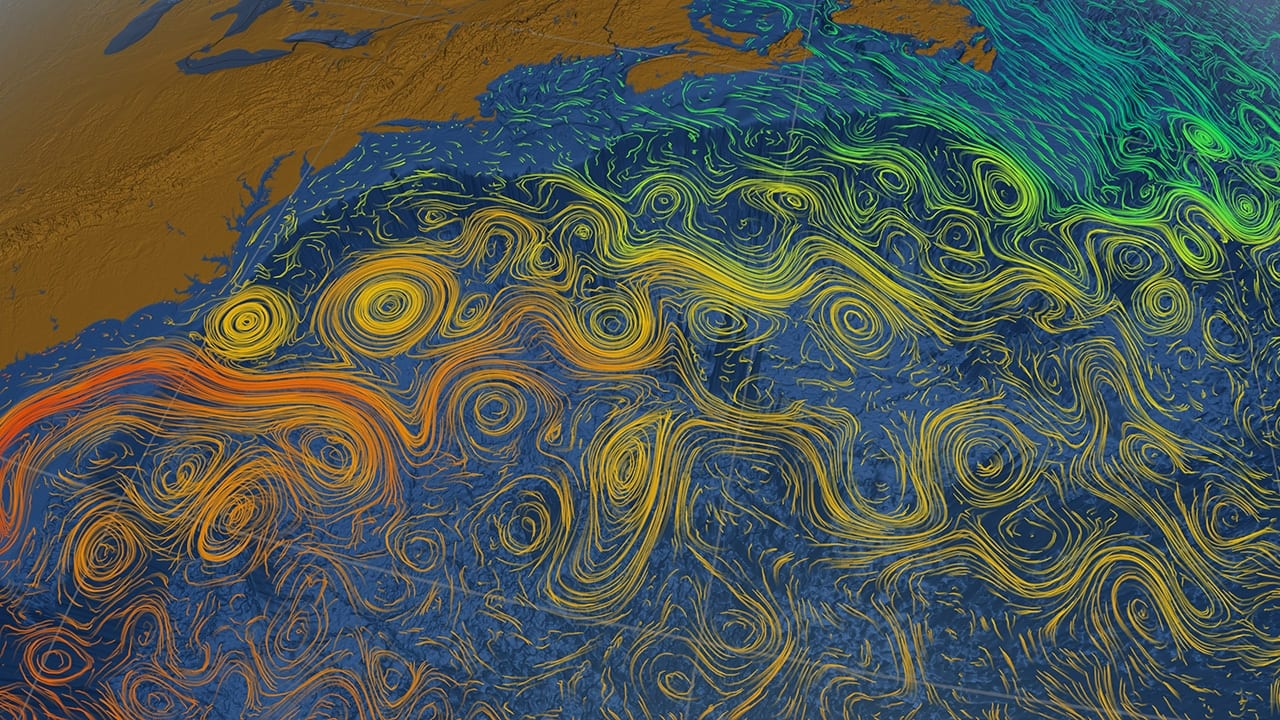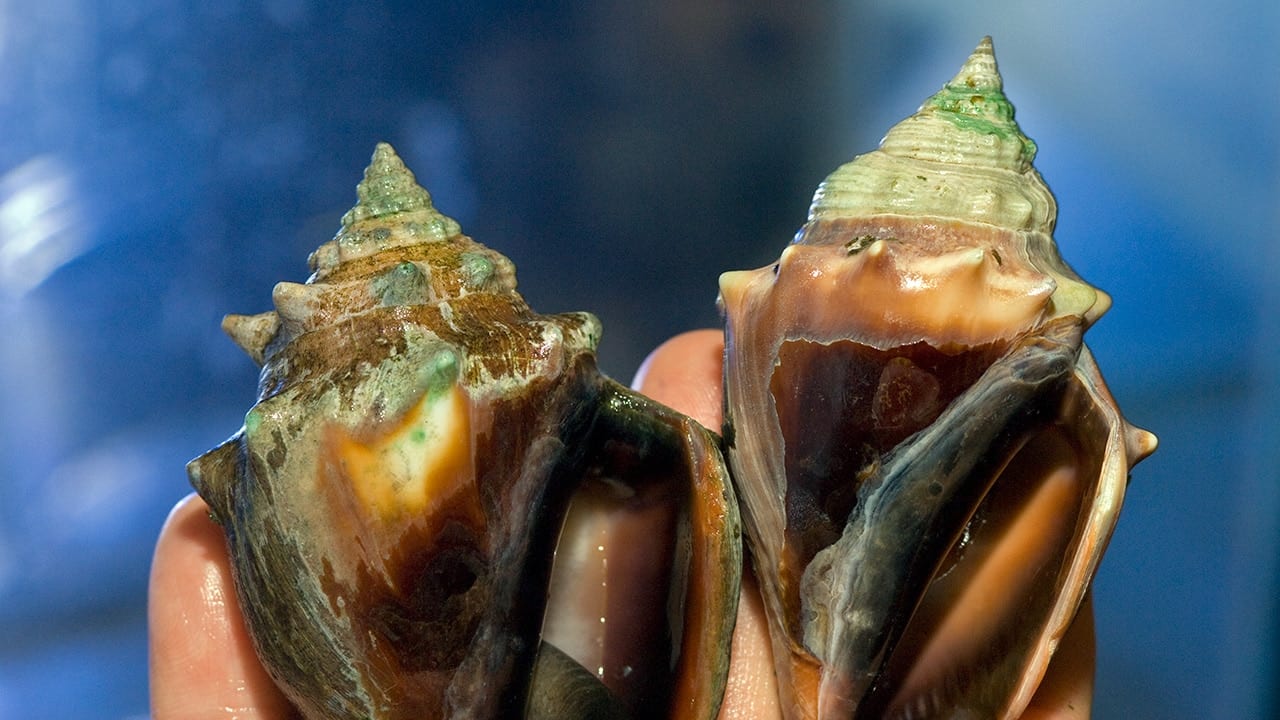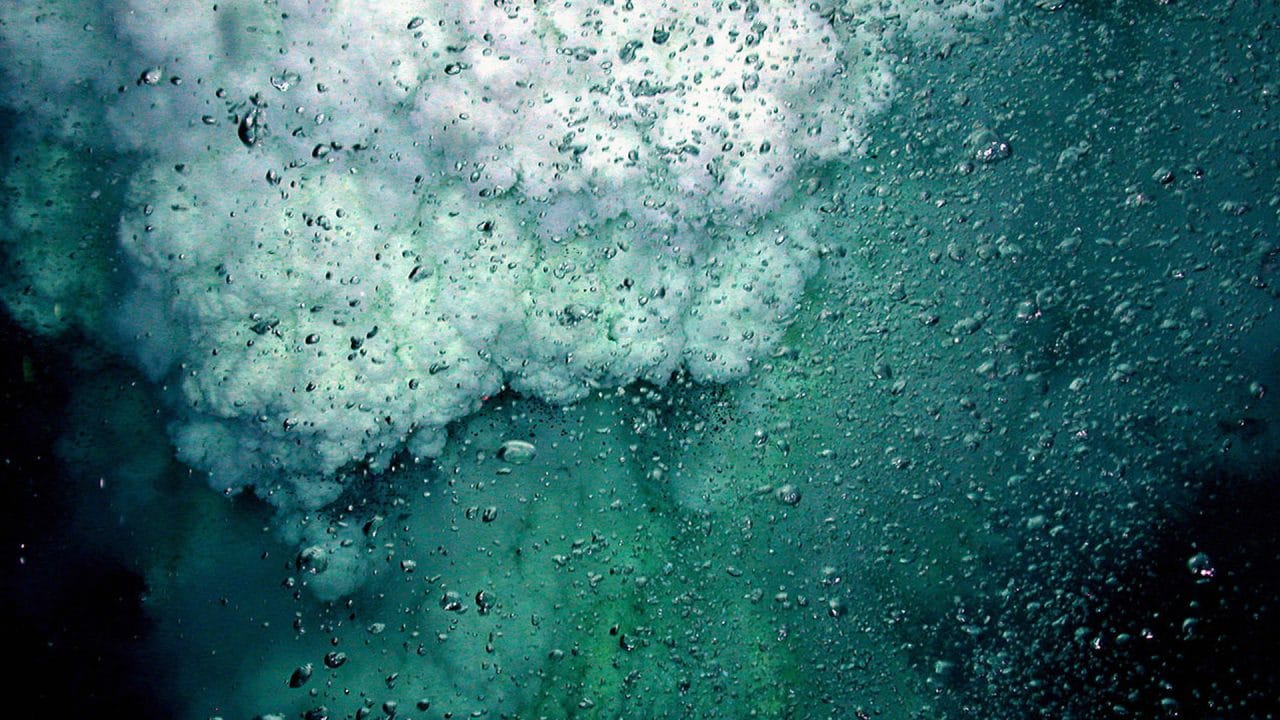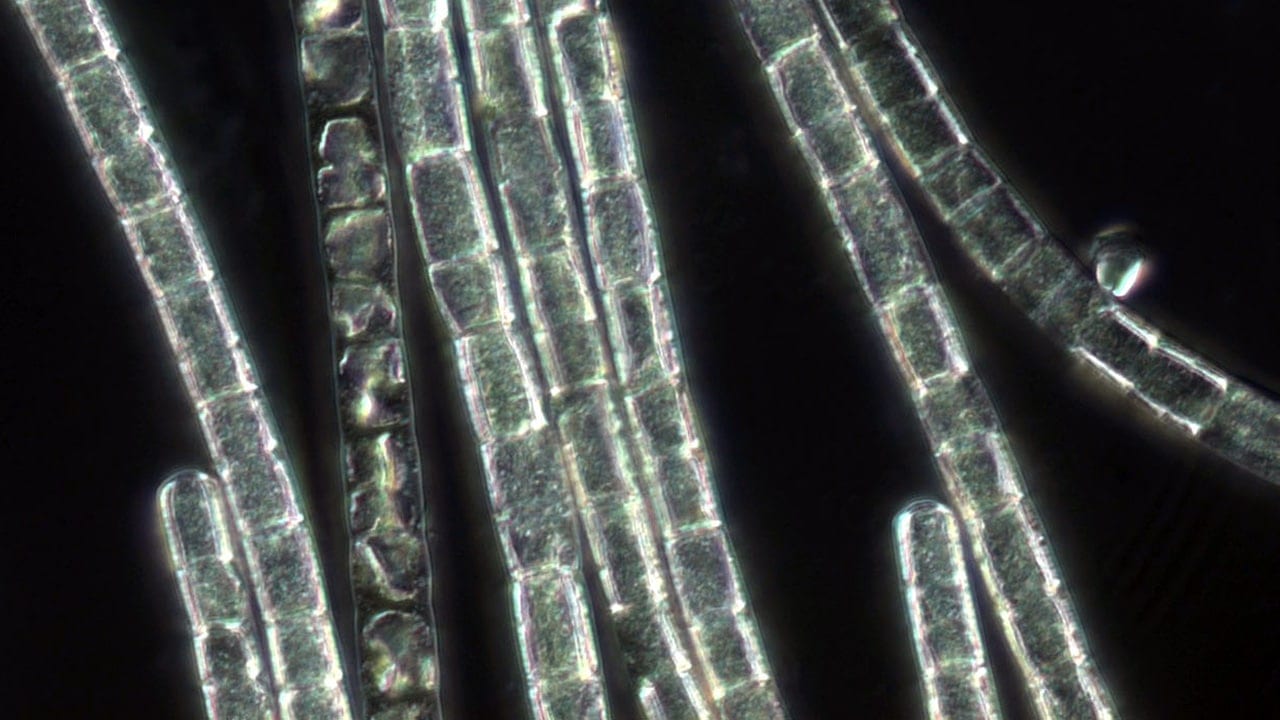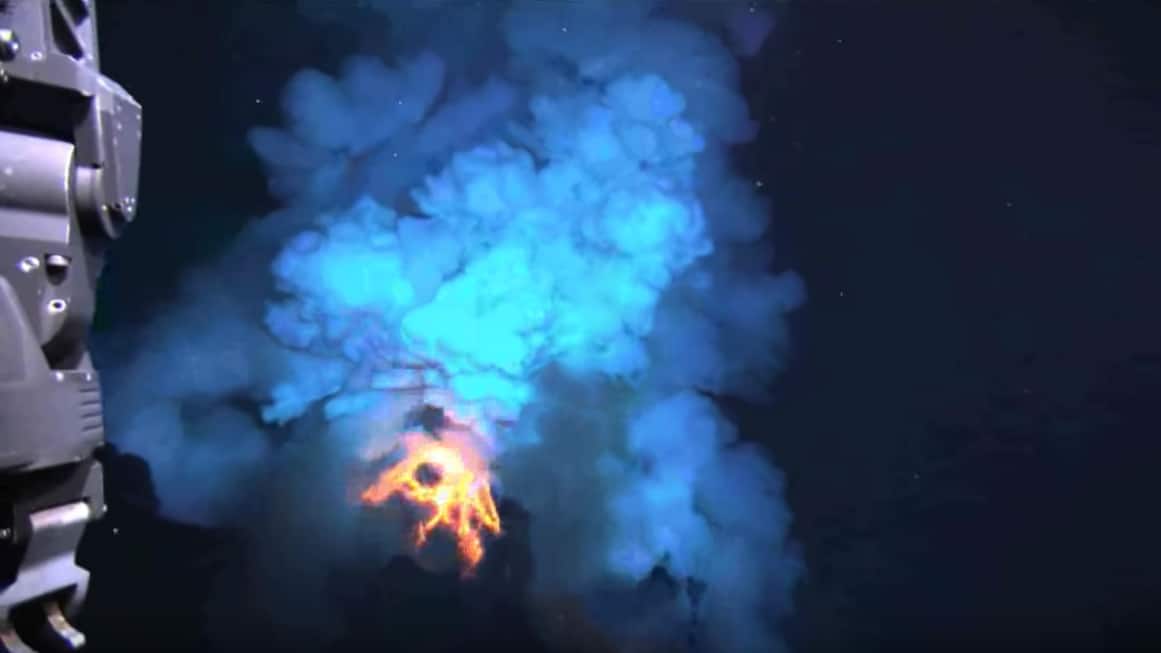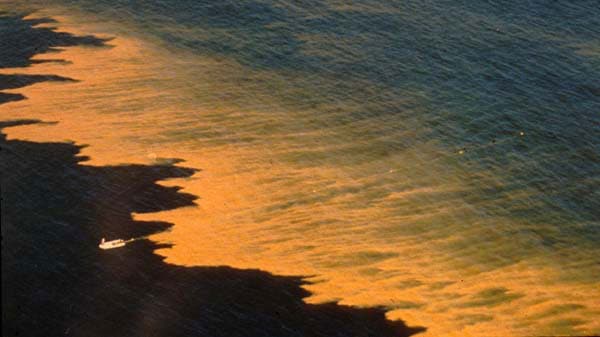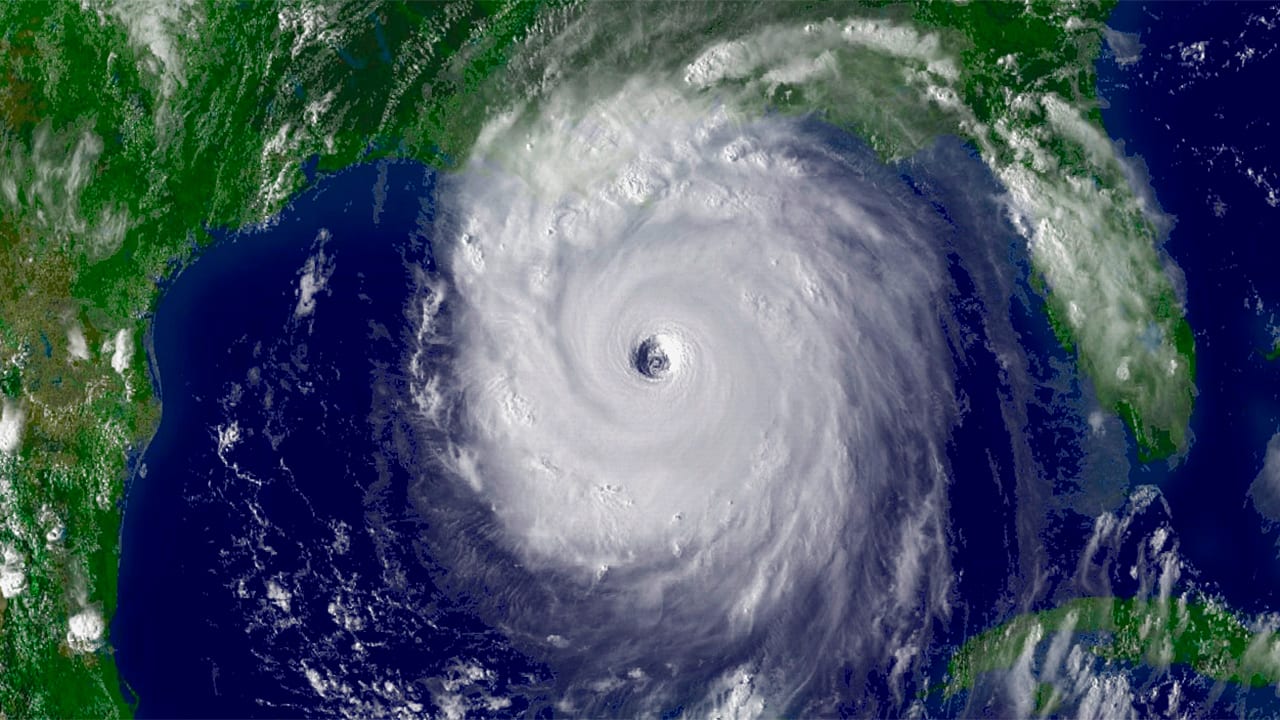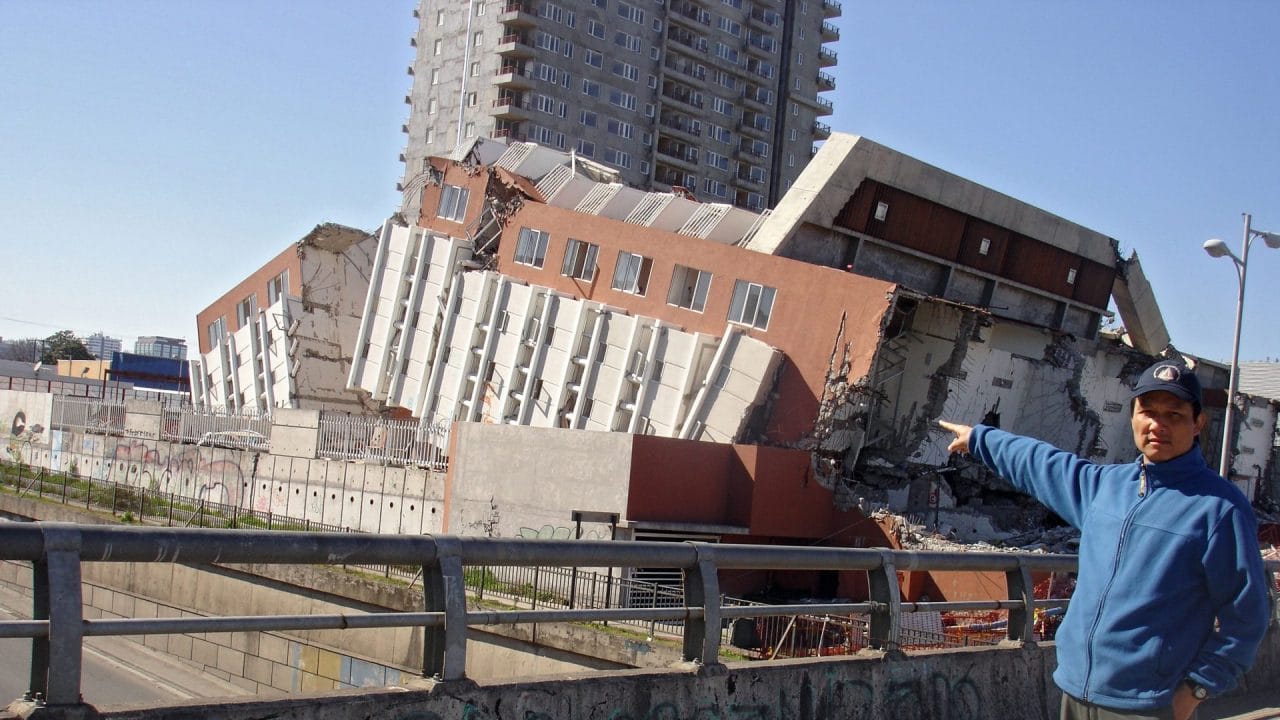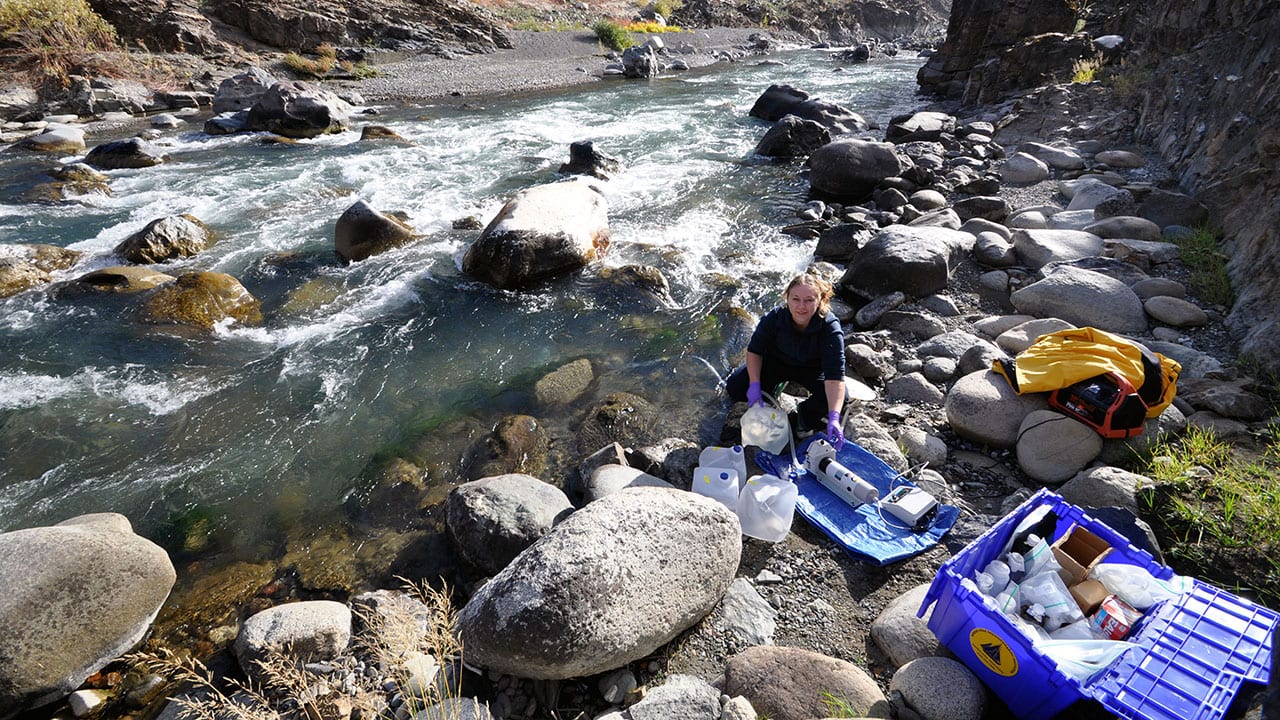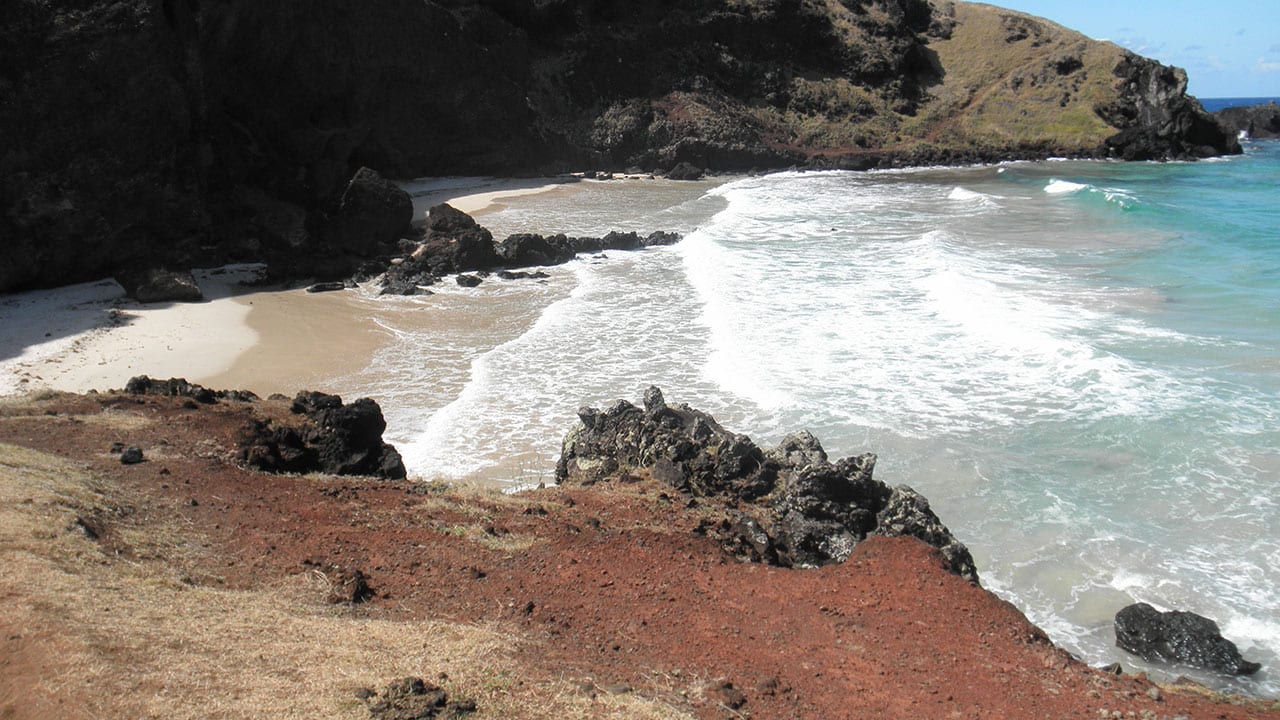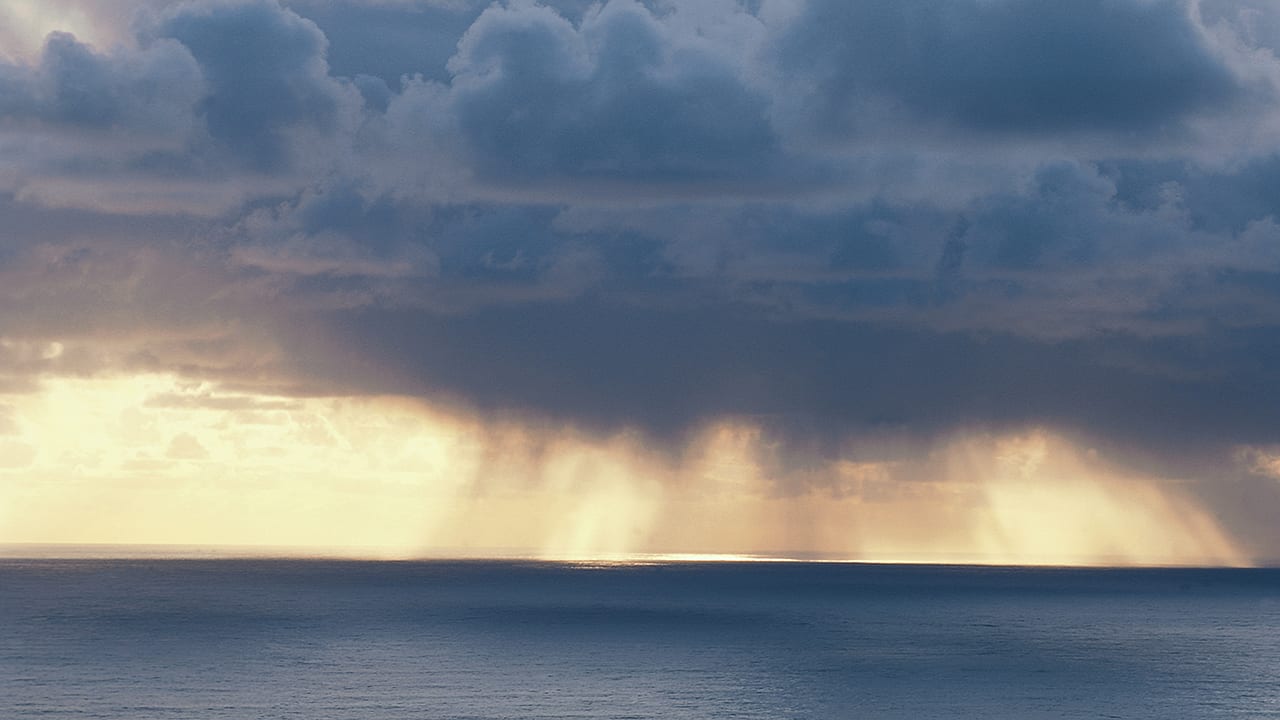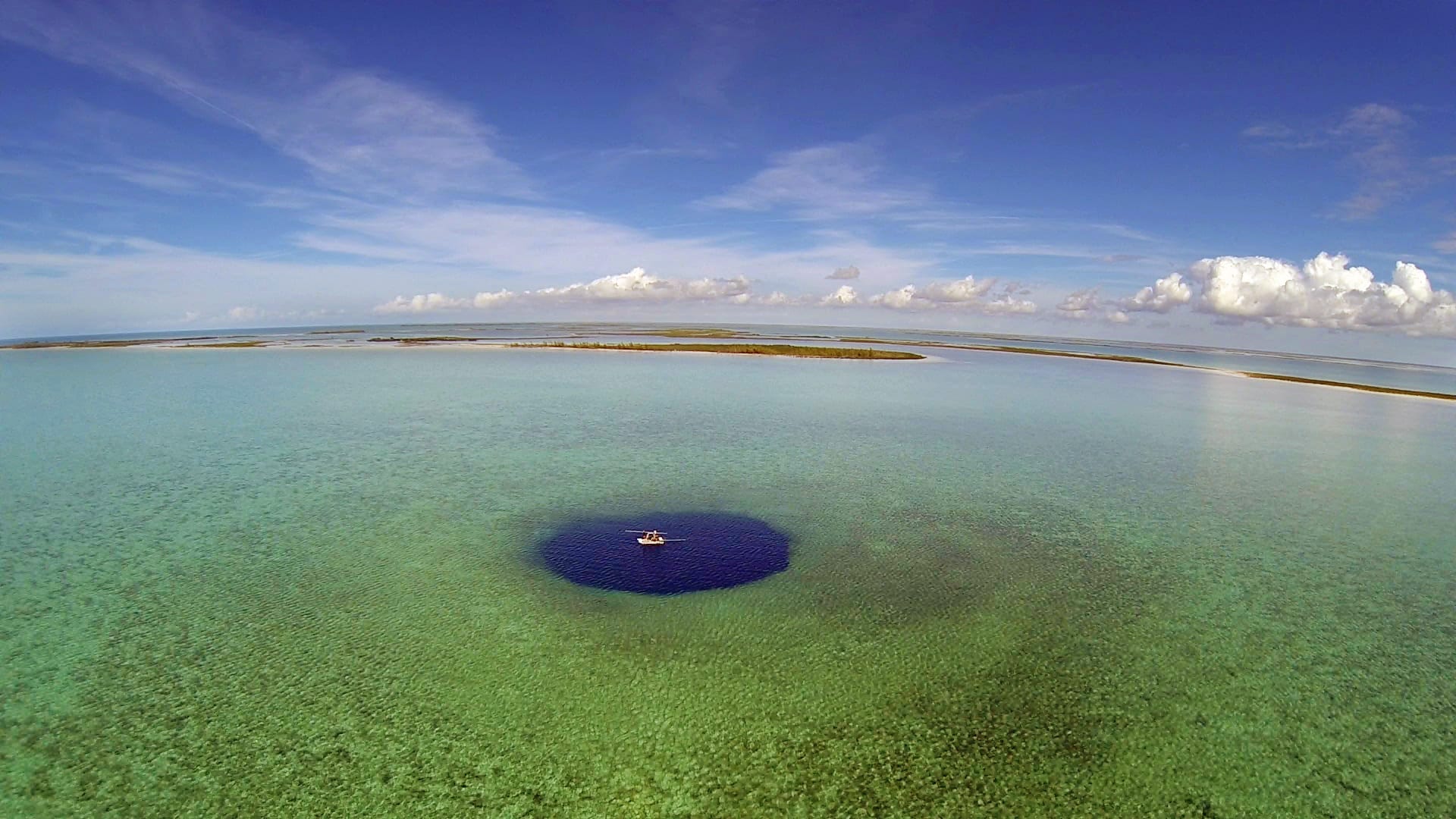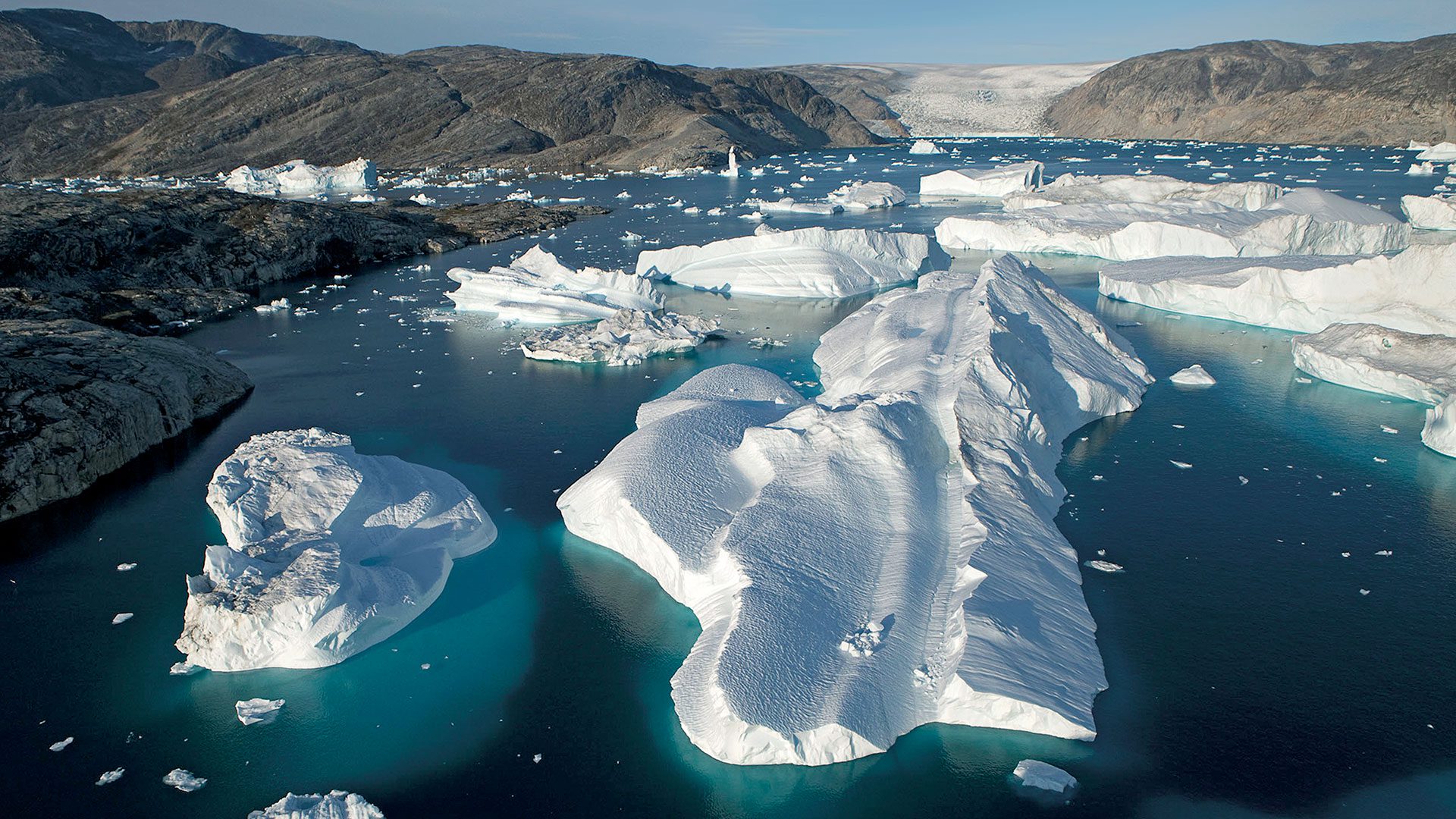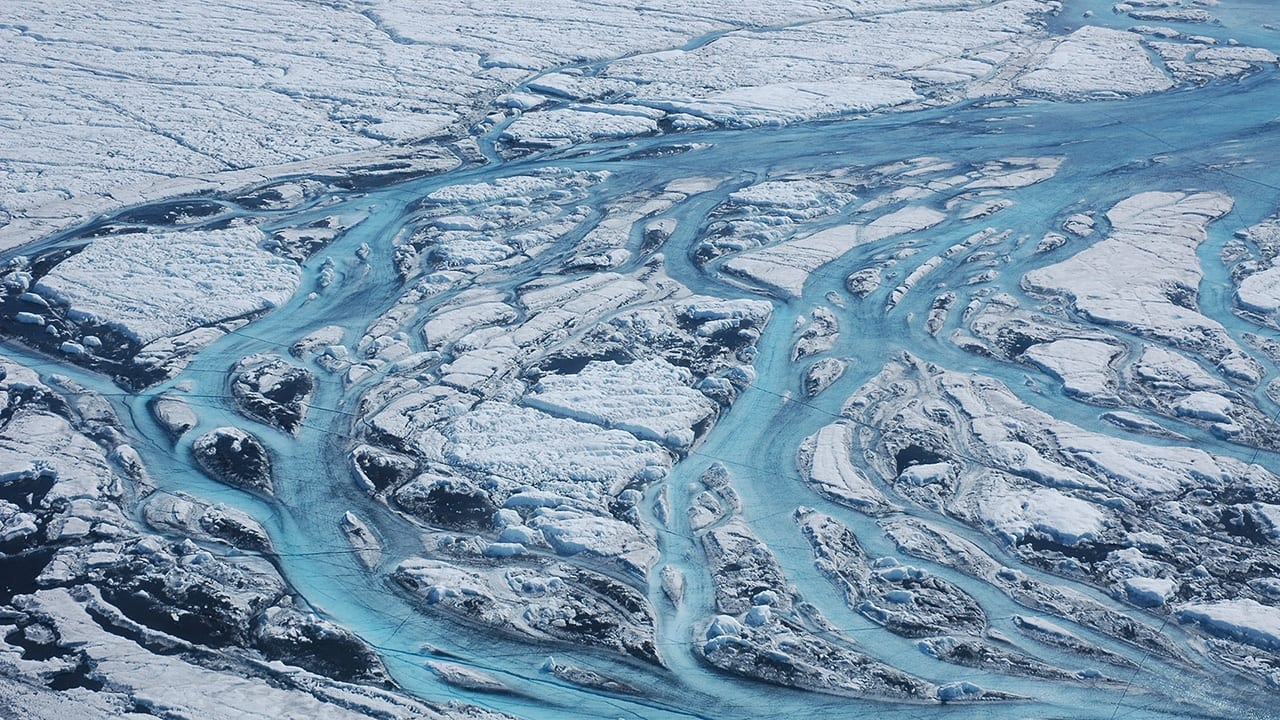Topic Page
Corals
Many people think of coral as hard, rock-like formations that attract abundant, diverse marine life. In fact, corals are tiny marine animals called polyps that live together in colonies.
Read MoreAMOC—The Atlantic Ocean’s conveyor belt
Today’s climate system is influenced by the ocean’s conveyor-like global circulation.
Read MoreEl Niño & Other Oscillations
El Niño is a warming of surface waters in the eastern tropical Pacific Ocean, while La Niña is a cooling event.
Read MoreCurrents, Gyres, & Eddies
At the surface and beneath, currents, gyres and eddies physically shape the coasts and ocean bottom.
Read MoreOcean Acidification
Ocean acidification is a reduction in the pH of the ocean over an extended period of time, caused primarily by an increase of carbon dioxide from the atmosphere.
Read MoreCarbon Cycle
Carbon is the building block of life on Earth and has a powerful impact on the planet’s climate.
Read MoreBiogeochemistry
Biogeochemistry studies the cycles of crucial elements, such as carbon and nitrogen, and their interactions with other substances and organisms as they move through Earth’s atmosphere, hydrosphere, biosphere, and lithosphere.
Read MoreUnderwater Volcanoes
These eruptions of molten rock and ash can be destructive to human settlements, but vitally creative for the rest of the planet.
Read MoreHarmful Algae & Red Tides
Tiny plants pose a potent threat to those who live in and eat from the sea.
Read MoreTsunamis
A tsunami is a massive, fast-moving wave created by an underwater earthquake or landslide. Displaced ocean water creates waves with speeds of up to 500 miles per hour.
Read MoreHurricanes
Hurricanes are large rotating tropical storms with winds in excess of 119 kilometers per hour. They usually form in the Atlantic Ocean but can develop in other oceans as well.
Read MoreEarthquakes
An earthquake is a shaking of the ground that occurs when two large blocks of Earth’s crust slip suddenly past one another.
Read MoreRivers, Estuaries, & Deltas
Rivers, estuaries, and deltas are key to understanding the chemical structure of seawater, and are home to some of the world’s most diverse ecosystems.
Read MoreCoastal Ecosystems
The narrow region where land and ocean meet includes salt marshes, mangroves, wetlands, estuaries, reefs, and bays often linked in a network of physical, chemical, and biological interchanges.
Read MoreChanging Shorelines & Erosion
Waves, currents, wind, storms, and tides form complex interactions over time to cause erosion along some stretches of shoreline and growth in others.
Read MoreWater Cycle
The water cycle describes the continuous movement of water on, above and below the surface of the Earth.
Read MoreSea Level Rise
Sea level rise is expected to continue for centuries and may impact human and the natural environment.
Read MorePaleoclimatology
Understanding how climate naturally varied over thousands and millions of years teaches us how Earth’s climate system works and sheds light on current, human-induced changes.
Read MoreClimate Change
Scientific observation has shown that the atmosphere near the Earth’s surface is warming.
Read MoreAbrupt Climate Change
Earth’s changing climate is raising concerns that it could respond in abrupt and unexpected ways, making it difficult for human society to adapt.
Read More
